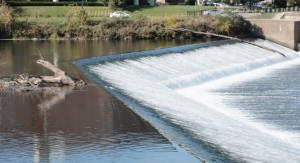I knew that during my time here at lafayette I wanted to take a FAMs course but had simply never come around to it. Since it was my senior year I knew that my time was running out. Luckily I was able to get into this course, after the first week of school and it has been an amazing experience ever since the first day.
I remember the first class I attended was the one where we needed rush to make a short 30 second movie. I had never used the sophisticated camera equipment or the fancy editing software so while it was fun it was a little intimidating. As the course went on, I loved it even more. Having to go to talks was awesome because all of these talks and screenings are events i would normally love to go to but never had the time, So having this class as a motivator to go and engage with visiting film makers was just a cherry on top. When I look back on the semester I can see how much I’ve grown as a film maker and as a person. I was naive when I started, never having used an external mic or premiere, but not I could confidently handle sophisticated equipment and use various tools in premiere to really bring a movie together.
While there were many challenges and bumps a long the road, the road was worth the knowledge gained in my opinion. The only thing I wish that could’ve been done with this course is watching documentaries and critique-ing them/commenting on them more often. Everyone in the class had such interesting and insightful comments that I wish I could have had more discussions with everyone. All in all I am so happy I took this course.

